Autumn is a popular time for foraging, with hedgerows and trees bowed down with fruit. But spring and summer also offer some delicacies for those in the know.
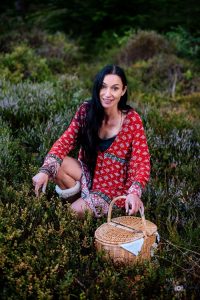

It’s the time of year when nature is in full bloom, and there is plenty of opportunity for snagging some of nature’s free bounty. Foraging for beginners in the summer is more about greenery than fruit, but there’s plenty to work with.
Have you considered what natural produce might be available in your garden, or on the route of your daily walk? Learning to recognise edible plants and flowers in nature could yield a host of benefits.
We look at common plants available this time of year, and how they can be used in your daily diet.
Why should I try foraging?
Foraging is growing in popularity at present, and for good reason. “One of the reasons people are turning to foraging is that it’s very environmentally friendly,” explains expert forager from www.wildharvest.org Diana Hammill Page. “You’re talking food metres rather than food miles.”
They can be up to 12 times more mineral dense than farmed plants and vegetables
Learning to forage also means reconnecting with nature and learning about our natural environment – great for our mental health. And foraged leaves and plants can be some of the healthiest around: “wild plants have to optimise to survive, so they pull more minerals from the earth,” explains Page. “They can be up to 12 times more mineral dense than farmed plants and vegetables.”
What to look out for?
Common finds for beginners foraging
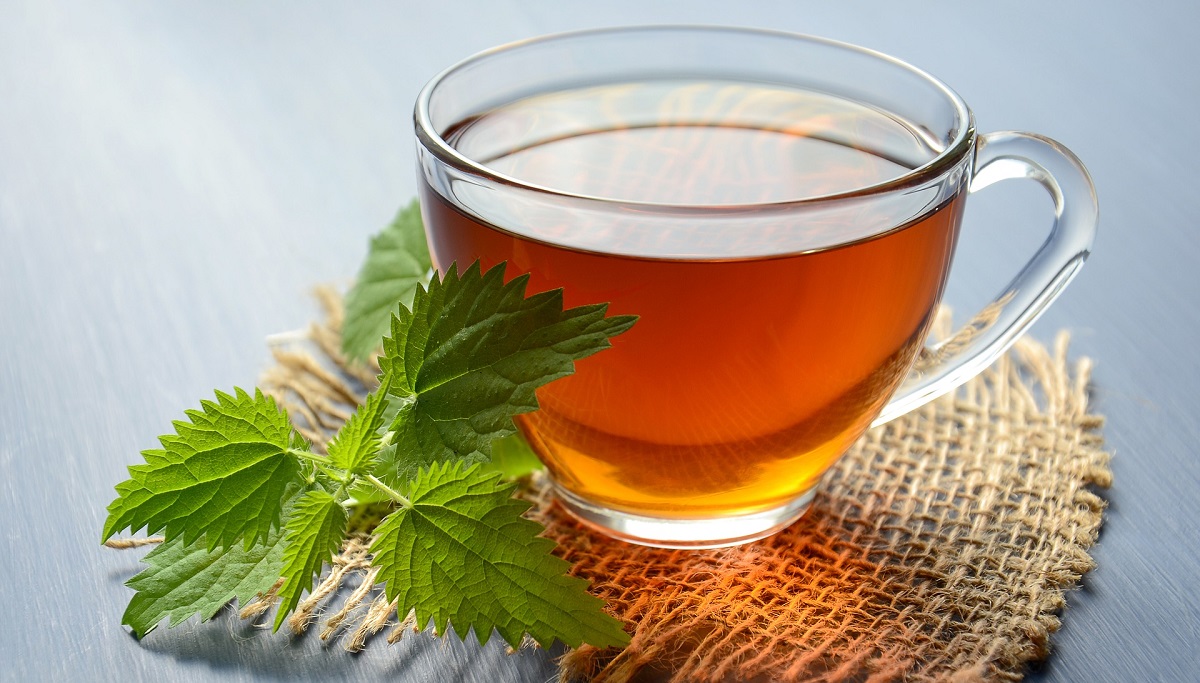

When it comes to foraging for beginners, starting off simple is best. Choosing plants that are easy to spot and grow abundantly in the countryside means your foraging will be both rewarding. But also come without the worry of eating something you shouldn’t. Luckily, there are several plants you may already be aware of that fit into this category.
“For those new to foraging, I’d recommend they look out for easily identifiable plants that can’t easily be mistaken for other things,” advises Page. “For example, thistles, nettles, and dandelions.”
Far from being the stuff of garden nightmares, plants such as nettles and thistles can be transformed from annoying leaves to tasty treats. “It’s not just about herbal tea,” Page explains. “These types of leaves can be made into crisps or wine, or dried and crumbled into jars to sprinkle on food when cooking. They are vitamin rich and will add extra nutrients to your diet.”
Chickweed
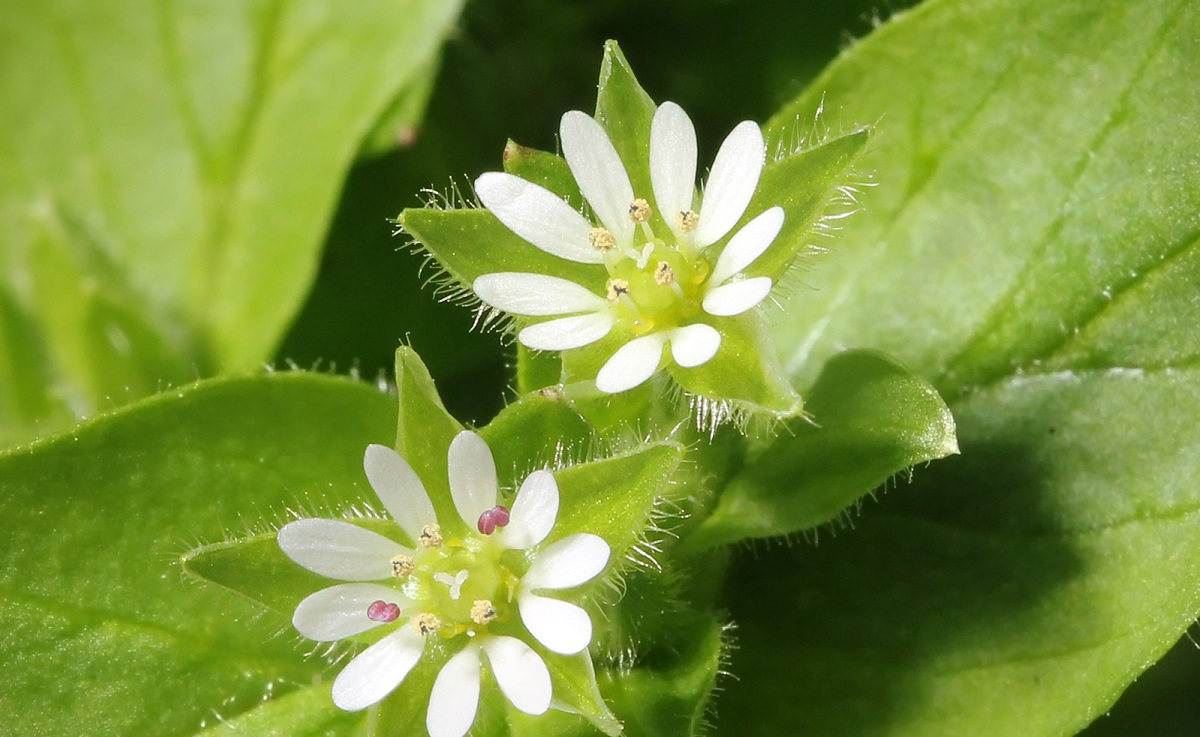

You’ve probably seen chickweed hundreds of times when walking in nature, without acknowledging it or considering stopping to pick a handful. Recognisable by its small white, starlike flowers, chickweed can be found in abundance on the edges of fields and even growing – unwanted – in gardens. The plant is packed with vitamins and minerals and is said to have healing properties.
“If you find a plant but aren’t sure if it’s chickweed, look for a single line of hairs growing on the stem,” advises Page.
Chickweed can be tossed into salad or even mixed into a batter and fried to create chickweed pakora.
Bilberries
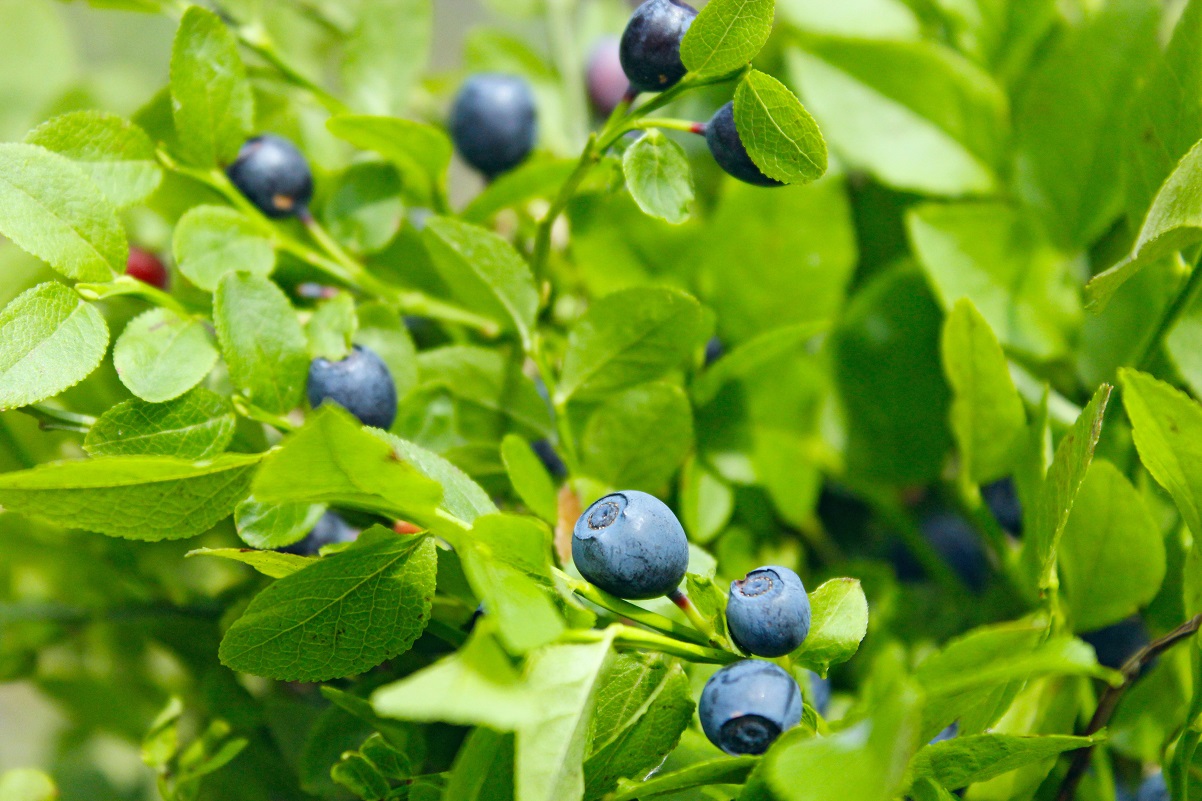

Many of us will have picked blackberries, or other easily-identifiable fruit. But foragers know to also look out for bilberries. These are small purple fruit that grow on low bushes often in places where the soil is acidic. The berries look similar to blueberries, and can be made into fruit compote or jam. Eaten raw, they have a pleasant taste, but some may find them slightly bitter.
The fruit, which look like a small blueberry, usually start to appear towards the end of July.
Wild strawberries
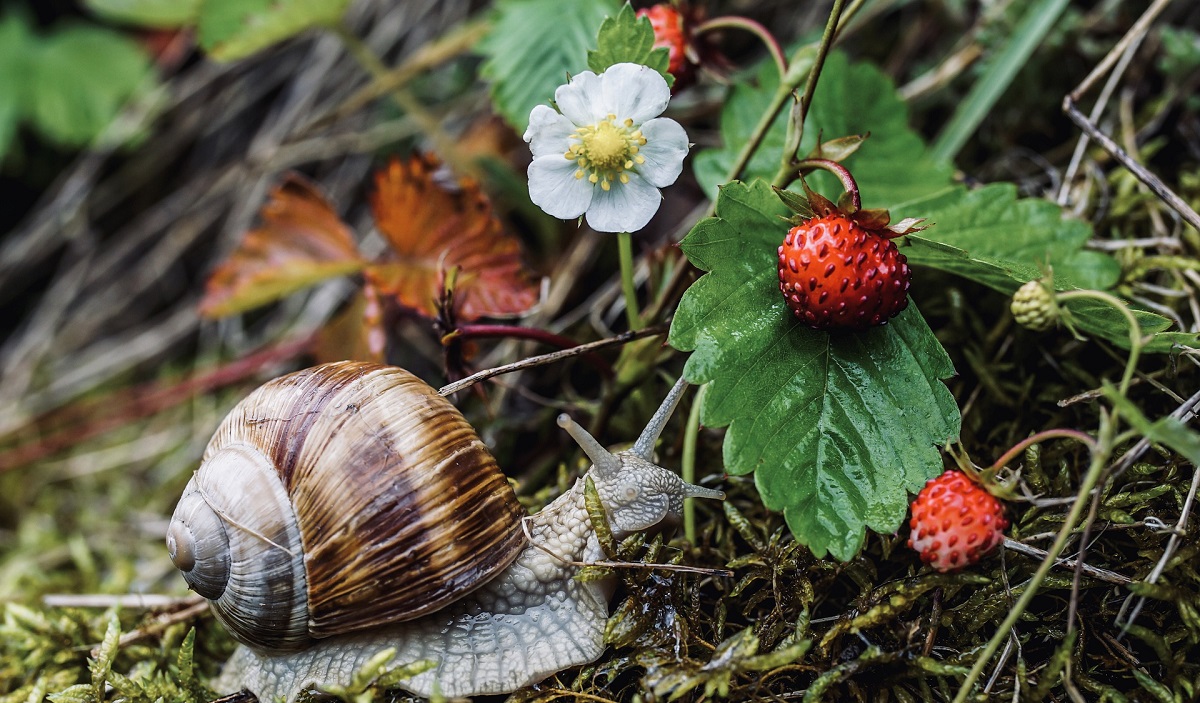

If you’re going for a woodland walk between April and July, keep an eye for a tiny flash of red. Wild strawberries – smaller than the traditional strawberries, but packing a flavoursome punch – can be found growing in hedgerows and woodland at this time of year. These can be eaten raw, or used in traditional strawberry recipes and are well worth looking out for!
Respecting nature
Act with integrity. Part of the appeal of foraging is the closeness we feel to our environment. And the fact that it’s a sustainable and planet-friendly way to source food. However, it’s important to remember that these wild plants and berries are also food for local wildlife, or even other foragers.
If you do decide to go foraging, always bear in mind that these plants are there for everyone, so always pick a small amount from an area where the plant is plentiful, and leave some for others. You also need to make sure you obtain permission from the landowner if applicable.
LEAF CRISPS
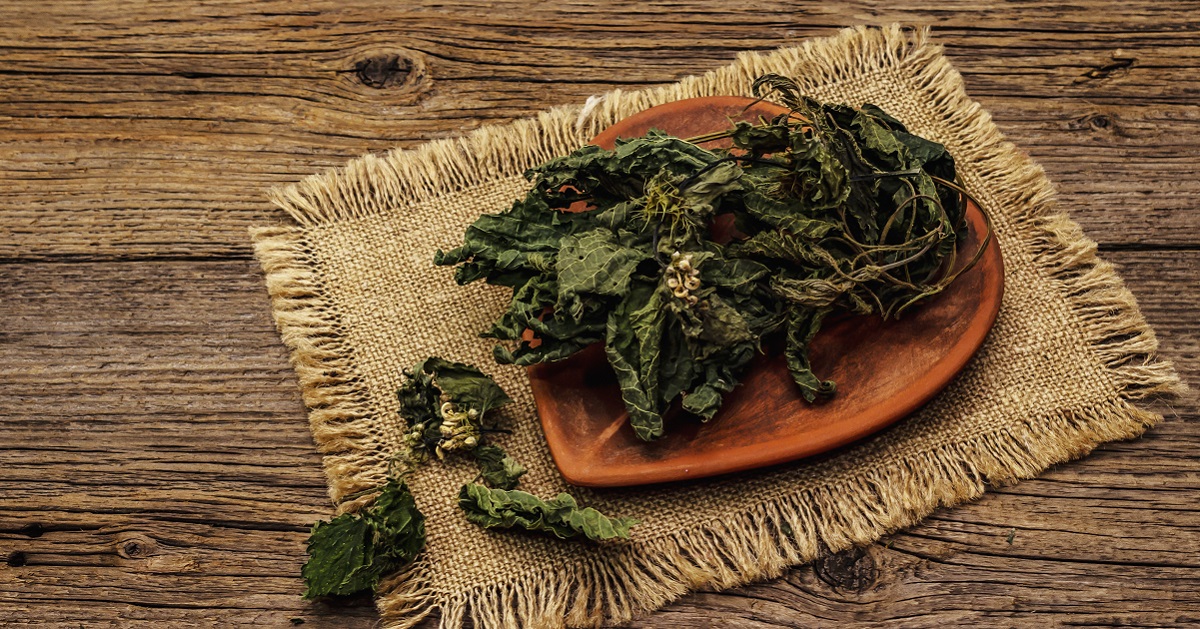

- Heat the oven to 180c.
- Wash your leaves in water to remove any dirt/insects.
- Lay the leaves in a single layer on a baking tray.
- Drizzle oil on the leaves and add a sprinkling of salt.
- Bake for around 8 minutes, until the leaves are crisp.
- For an added kick – try adding chili flakes!
FORAGING FOR BEGINNERS – SERIOUS NOTE
If you’re new to foraging, please be careful! Never eat something that you’re not sure about. If you’re looking for advice or want to check plants, a great resource is Wild Food UK

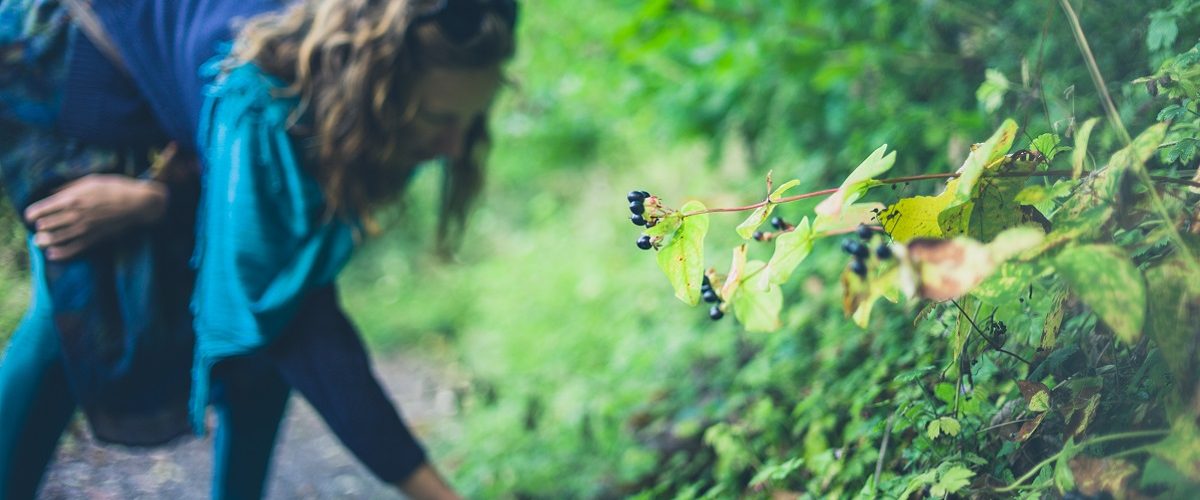
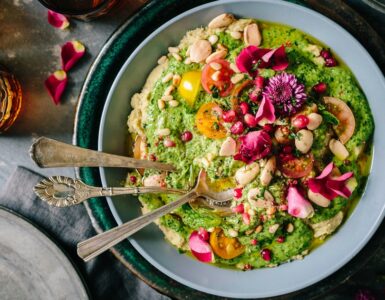
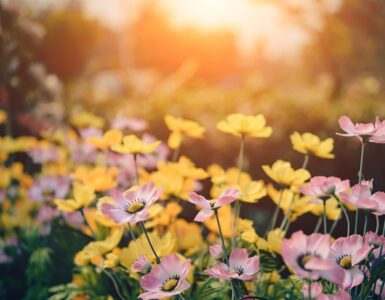

Add comment